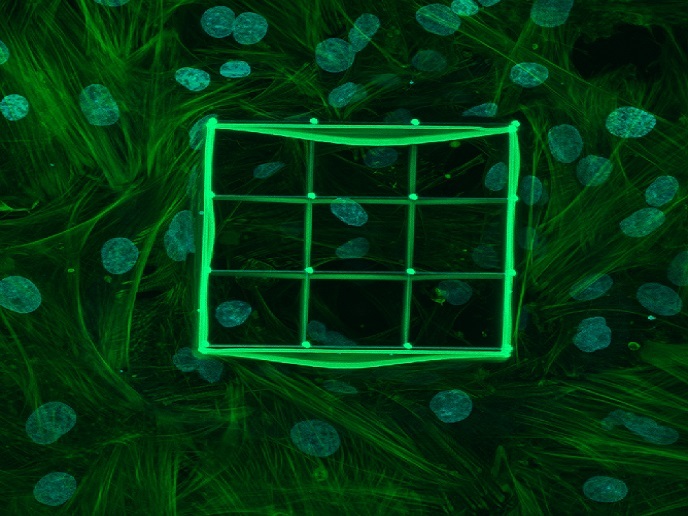Tissue implants for knee injury
Deterioration of the knee joint often involves one of the two menisci, cartilaginous structures that disperse the load imposed by the body during movement. Longer lifespan with increased use and sporting injuries often lead to damage. Chronic pain, osteo-arthirits and restriction of movement with resultant loss of life quality can be the result. In order to find an alternative to resection of the damaged tissue, the EU funded project MENISCUS-REGENERATIO aimed to develop surgical protocols to replace the tissue with bio-engineered material. The meniscus would be constructed using a bio-active scaffold and autologous cells. Biomaterial from project partners was used in implant trials on sheep. A pilot study using eight sheep gave promising results. The implants stayed in position and were integrated to the capsule. After six weeks, there was tissue formation with all types of cell and vascularisation. Moreover, there was no sign of allergic or immune response. Based on this, the team at the Istituti Ortopedici Rizzoli in Italy expanded the trials to incorporate two groups of a total of 64 sheep evaluated over a total of 12 months. Two surgical techniques were compared and implant scaffolds were either cell-free or seeded with articular chondrocytes. Evaluation was based on scores specifically designed for the project, one for implant integration with nine categories and another for joint changes which assessed twelve different areas in the joint. The implants were also scored histologically for all cellular and tissue components including the important factors of presence of residual scaffold, and cells indicating an inflammatory response. The extensive data collected suggested that the HA-PCL (hydroxyapatite/polycaprolactone) scaffold is a promising candidate as it displayed immunological tolerance and tissue growth was induced. However, problems were encountered with the mechanical properties and implant fixation technique and further research was planned to eliminate these limitations. The research has provided a basis for the development of an implant that could be applied surgically on damage to the knee menisci. The restoration of a healthy joint in situ without the need for a complete resection means much shorter recuperation time and greater chances of a complete recovery.







